Kate Barrington / Cats.com
The best human-grade cat food is made with human-edible ingredients and processed, stored, and transported in keeping with the best manufacturing practices for human food.
It is also species-appropriate, made primarily with animal-based ingredients to support your cat’s carnivorous needs.
At a Glance: Best Human-Grade Cat Food To Buy
Want a quick look at the best human-grade cat foods reviewed in this article? In the comparison table below, we’ve highlighted some of the most important features of each product. You’ll find more detailed information about each product later in the article.
Smalls Ground Bird Fresh Cat Food
- Species-appropriate fresh cat food recipes
- Delivered to your door each month
- Rich in animal protein and healthy fats
Open Farm Homestead Turkey Rustic Blend Wet Food
- Packed with high-quality animal protein
- Rich in moisture to support hydration
- Recloseable packaging is recyclable
Caru Classic Wild Salmon & Turkey Stew Grain-Free Wet Cat Food
- Fully human-grade
- Rich in species-appropriate nutrition
- Low in carbohydrates
Raised Right Cat Food
- Recipes formulated by veterinarian, Dr. Karen Becker
- Limited ingredient whole food recipes that are low in carbs
- 100% human-grade food made in a USDA inspected facility
The Honest Kitchen Grain-Free Dehydrated Cat Food
- Completely human-grade
- Rich in animal-based protein
- Dehydrated to preserve nutrition
JustCats Fish & Chicken Fresh Cat Food
- Multiple sources of animal protein
- 100% human-edible ingredients
- Fresh food delivered to your door
Whole Life Just One Ingredient Pure Salmon Fillet Freeze-Dried Cat Treats
- Made with a single ingredient
- Packed with protein and omega-3s
- Completely human-grade
Top Picks Explained
Why Trust Cats.com
Having spent the past four years studying feline nutrition and evaluating commercial cat food products, I’ve come across countless brands that use terms like “human-grade.” To write this piece, I researched the AAFCO, FDA, and USDA definitions of the term and identified brands that fit the bill. From there, I narrowed my picks to the most species-appropriate products from brands with a strong quality, safety, and customer satisfaction history.
Kate Barrington / Cats.com
The products featured here have been subjected to in-house testing by several members of our team (and their cats, of course). During testing, we make observations about the products’ texture, consistency, aroma, and appearance. We rely on our cats’ opinions on flavor and general appeal but also take notes about details like shipping, packaging, and customer experience.
What Is Human Grade Cat Food?
The term “human grade” has a clear definition.
When you see the term “human grade” on a pet food label, there’s an implication of quality. For years, that implication was all consumers had to go on, but things changed in 2016 when the Association of American Feed Control Officials (AAFCO) added the following definition to their handbook:
“The U.S. Department of Agriculture (USDA) defines products fit for human consumption to be officially “edible.” These foodstuffs have been processed, inspected and passed manufacturing regulations (i.e. process control regulations) that are designed to assure safety for consumption by humans.”
So, we now have a clear definition of what makes a product fit for human consumption, but how does that definition apply specifically to pet food?
Before we get into those details, there’s one point of clarification we want to make. It involves the difference between human-grade pet food and pet food made with human-grade ingredients.
First and foremost, keep in mind that all animal food products are subject to inspection by the U.S. Food and Drug Administration (FDA) under 21 CFR 507. To substantiate human-grade claims, AAFCO has set forth a number of guidelines that incorporate relevant FDA requirements.
Here’s an overview of the requirements a product must meet to be considered human-grade:
- The term “human-grade” can only be used in reference to the product as a whole. This means every ingredient and the resulting product must be stored, handled, processed, and transported in a manner consistent with current Good Manufacturing Practices (21 CFR part 117) and all applicable federal human food laws.
- Any manufacturing facility that processes or packages a human-grade pet food product must be registered both as an FDA food facility and an FDA feed facility.
- Manufacturing facilities must establish and maintain written procedures to ensure “human grade” storage, transport, and handling throughout the distribution process.
- Companies must be able to provide documentation upon request to show that:
- All ingredients used in the product are fit for human consumption.
- All ingredients and the resulting product are stored, handled, processed, and transported in compliance with 21 CFR part 117.
- The final product is considered ready-to-eat.
- The facility is licensed to produce human food by all required authorities.
Even though the term “human grade” has been more clearly defined, you can still find pet food products that are not labeled human grade but claim to be made with human grade ingredients.
In May 2021, AAFCO released detailed guidelines for human grade pet food claims which include recommendations for the use of human grade claims.
Here are some of those recommendations:
- Pet food products carrying the “human grade” designation must be clearly labeled as animal food (such as “cat food” or “dog treats”).
- Statements of grade or quality must not appear in the ingredient statement.
- The most prominent use of the term “human grade” must be used in juxtaposition with the intended use and in the same style, color print, and type size as the term “human grade.”
- The use of terms like “human grade ingredients” should only be made if the product as a whole meets the requirements for human grade pet food.
- The label must be in compliance with all applicable labeling rules.
While AAFCO may be the advisory body that helps develop standards and definitions for the American pet food industry, the FDA is still responsible for creating and enforcing regulations.
The requirements to meet the FDA human grade label are strict, but many companies take advantage of the somewhat murky regulations regarding the use of the term “human grade” in reference to ingredients rather than the product as a whole. It’s your job as a pet owner to understand what the terms on pet food packages mean and to investigate unclear claims yourself.
What Makes Human-Grade Cat Food Different?
Human grade cat food is cat food made with human-edible ingredients to create a final product that is processed, stored, and transported in a way fit for human food. The key distinction between human grade cat food and other cat food lies in the term “human-edible.”
To put it simply, human-grade cat food does not contain “inedible” ingredients. But what qualifies as an inedible ingredient by human standards?
According to the FDA, “The pet food canning industry utilizes undecomposed animal and marine tissues from various sources. These include products of the rendering industry such as various meat, poultry, and bone meals; meat scraps and offal from packing house waste, freshly boned-out animals; and occasionally meat from animals that may have died otherwise than by slaughter.”
In other words, you won’t any of the lowest quality fillers and by-products commonly used in cheap pet foods in human-grade cat food.
Also Read: Human-Grade Cat Food: What It Is and How It’s Different
Keep in mind, however, that just because human-grade cat food is only made with human-edible ingredients, the human-grade designation doesn’t have anything to say about the nutritional makeup of the product. AAFCO guidelines still apply when it comes to nutritional minimums, but you could just as easily find a plant-based dry cat food that meets human-grade requirements as a meat-based raw, fresh, or canned human-grade cat food.
Human grade cat food isn’t necessarily the best you can buy.
Your cat’s health should be your top priority and the best way to protect your cat’s wellbeing is to feed him a nutritious, high-quality diet. Human-grade cat food might fit the bill, but it’s still your job to do the research and find a product worth its salt.
The human grade designation provides some degree of peace of mind in terms of ingredient quality and production standards, but it doesn’t tell the whole story. In fact, AAFCO says themselves that, “Whether a product is or is not advertised as human-grade has no impact on product safety.”
If you’ve spent any time researching cat food, you know as well as we do that some of the most expensive cat foods are the least species-appropriate (i.e. Purina). Similarly, even cat foods made with high-quality ingredients aren’t necessarily the best option for your cat.
Human grade cat food can be just as inappropriate for your cat as any other type of cat food. Take the time to research the brand and formula you’re considering whether it’s human grade or not.
Look for brands that use thoughtfully sourced ingredients in species-appropriate formulas. Make sure the company follows strict production standards and frequently tests for quality. Double-check the brand’s recall history and don’t believe everything you read on a pet food package.
For more cat food recommendations, check out our list of the best cat foods you can buy.
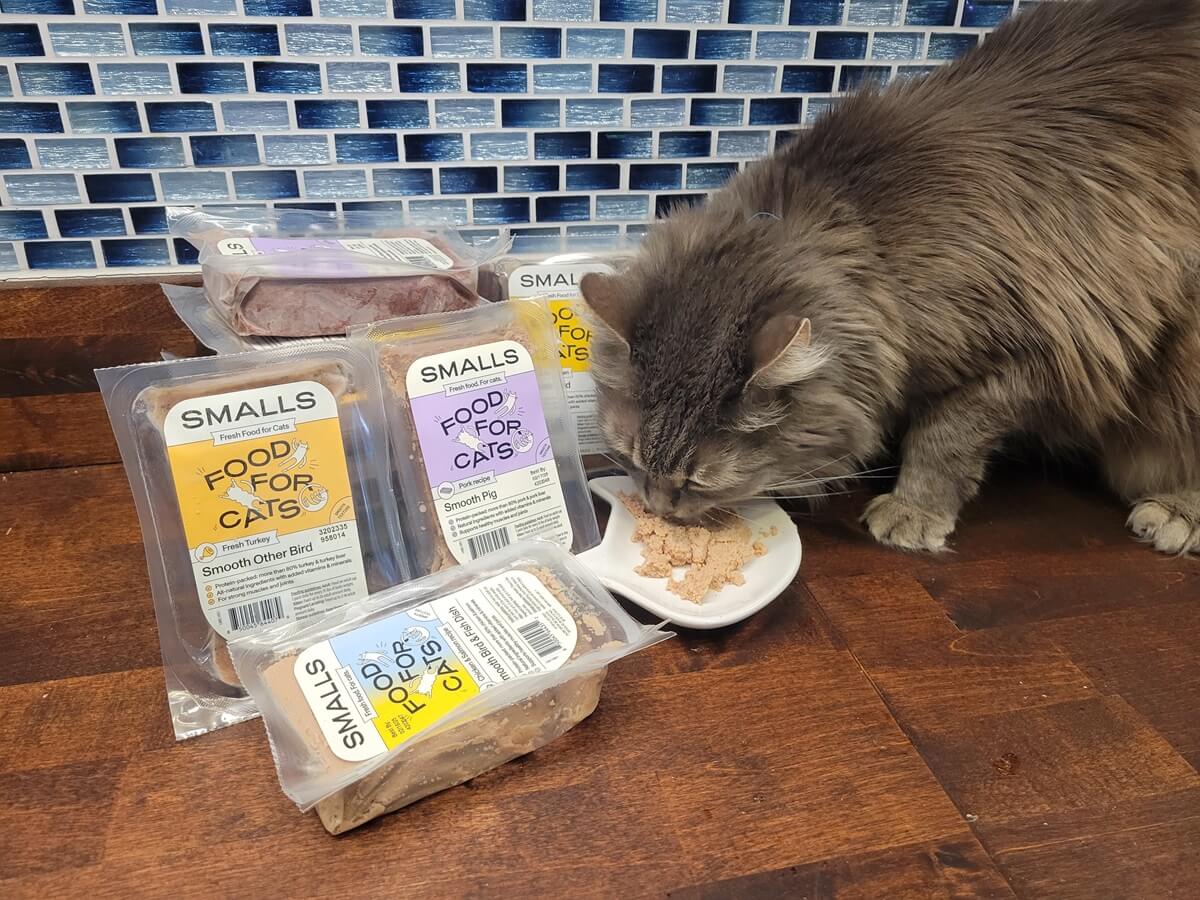
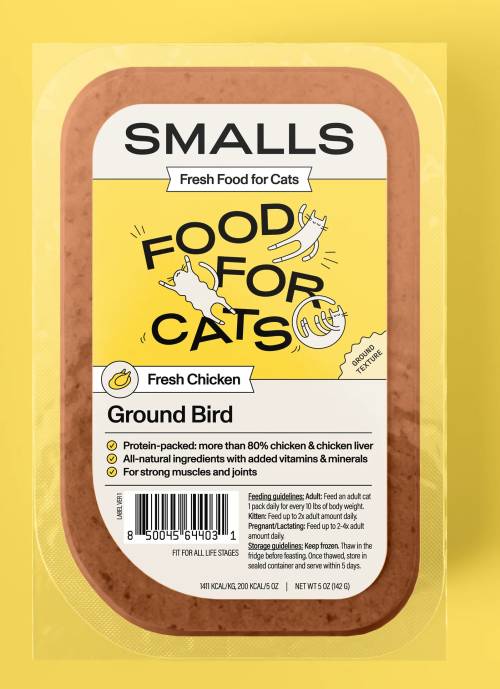

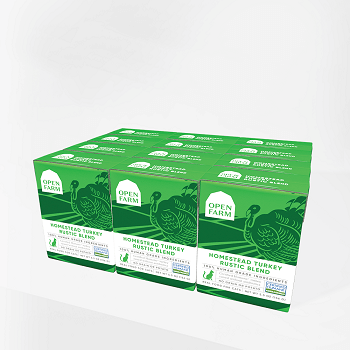
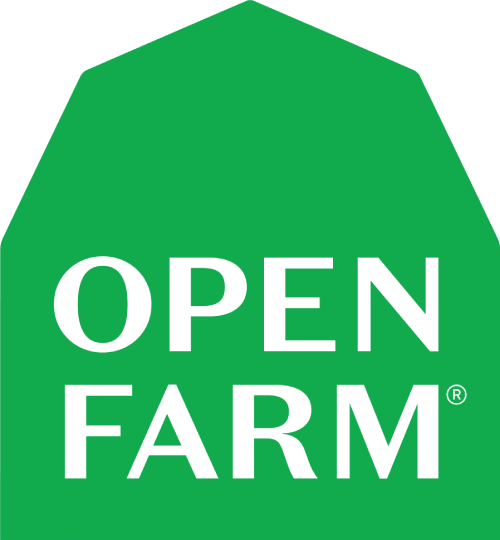
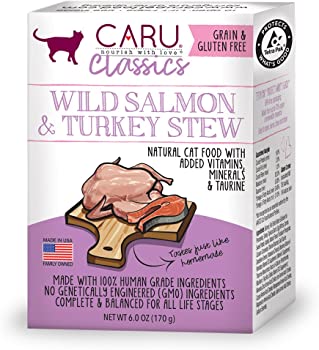

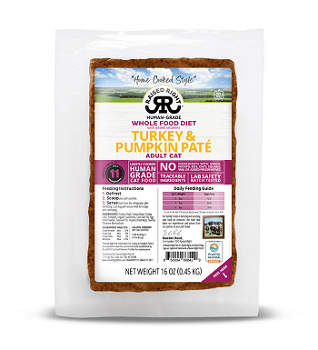
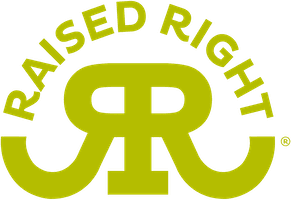
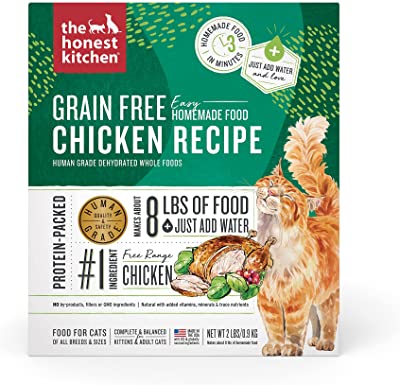
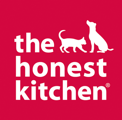
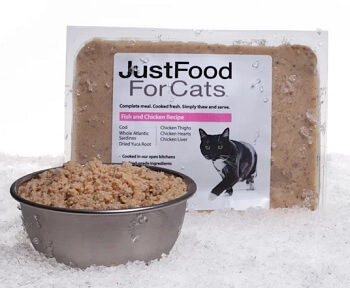

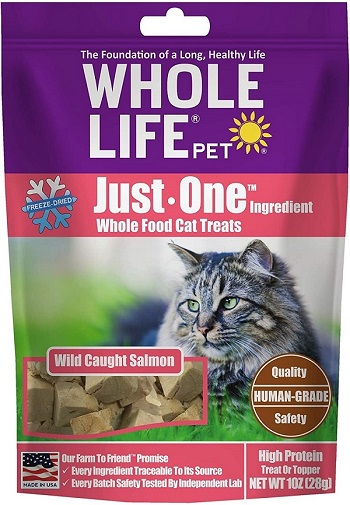
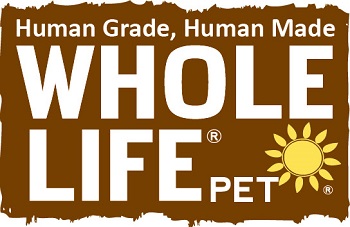
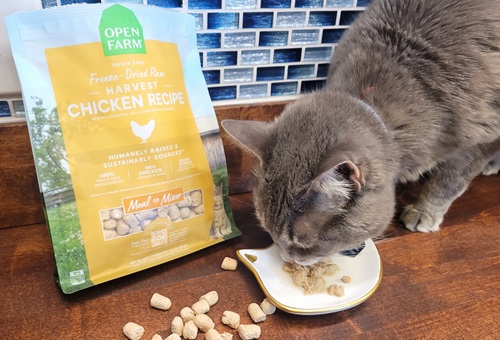

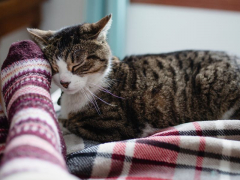
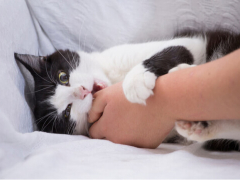

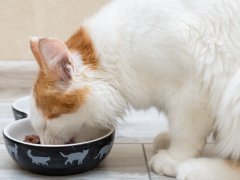
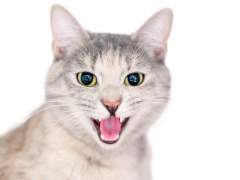
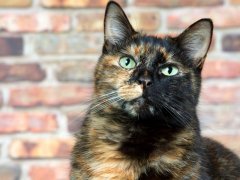
Might me worth reviewing Milk pet food – also freshly made food delivery 🙂
Can someone please please explain why Smalls is listed as number one and Open Farm is the runner up when the separate long-form review pages on Cats.com gave a higher grade to Open Farm?
“In total, we give Open Farm cat food a 50 out of 60 rating or an A- grade.”
“We give Smalls fresh cat food a 45 out of 60 rating or a B grade.”
https://cats.com/open-farm-cat-food-review
https://cats.com/smalls-for-smalls-cat-food-review
Hi Jonathan, the rankings on each page will vary depending on factors specific to a particular roundup. This article, for instance, emphasizes the human-grade aspect of a particular product and brand, and in this case, we thought that Smalls was a better representative of a human-grade food, though Open Farm offers a better customer experience and has a better recall history, which is why it has a higher rating overall.